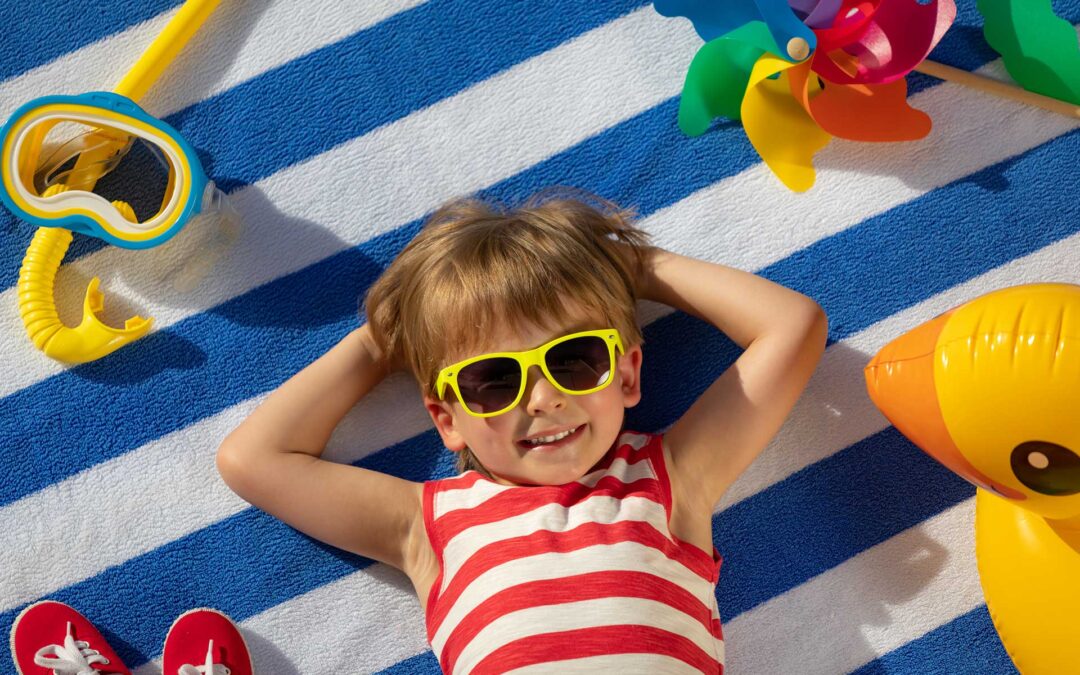Thanks to climate change, temperatures continue to climb in the United States- particularly during the summer months. While children certainly love to play outdoors, excessively high temperatures can raise your child’s risk for heatstroke and heat exhaustion, and caretakers should be aware of the dangers of heat for children. Nobody wants to ruin their child’s fun in the sun, but caretakers need to be vigilant about keeping children healthy and safe from extreme heat. If any concerns about symptoms of heatstroke or heat exhaustion occur, don’t hesitate to call your pediatrician. Read on to learn some tips and advice on how to keep your child safe from heat stroke and what to be aware of on extra hot days.
Tips for Keeping Your Child Safe In The Heat
Any temperature above 90F can be quite a serious health risk, particularly for children. Below we list some ways to keep your little ones safe when temperatures rise above 90F:
- Drink a lot of water: You and your child should be drinking a significant amount of water, particularly on super-hot days. Children under normal circumstances should drink around eight 8-oz glasses of water per day, if a child is extremely active or it’s hot out, they should drink even more water to replenish any lost fluids. Infants who are still breastfeeding should also be given additional breast milk in higher temperatures, especially if they are younger than six months old. It’s also essential to watch out for the warning signs of dehydration in children. If your infant or child is showing any warning signs of dehydration, you should immediately contact your pediatrician.
- Locate an environment with air conditioning: If your home doesn’t have AC, you need to find a place that does. Concoct an action plan for where you can go if the temperatures get so high you are unable to remain in your home safely. In such cases, you may need to stay with somebody who does have AC, or find free spaces like a public library that offer AC when you need it.
- Wear appropriate clothing: Just like you have to wear a coat, gloves, a hat, etc. to protect yourself during the cold winter months, you also need to find appropriate attire for days that are brutally hot. Make sure your child wears light-colored clothes made from absorbent, lightweight materials that help wick away sweat and moisture. Since children tend to sweat less than adults, which means they can’t cool themselves off as efficiently, it’s critical to dress them in the lightest and coolest clothes possible.
- Stay cool: Whether hopping in a cold shower, munching on a frozen popsicle, or prancing through your sprinkler system, there are plenty of fun ways to help your child cool down when they complain about being too hot. For example, if there’s a swimming pool located conveniently, you can take your child there to cool them down (as long as you keep a close eye on them).
Contact Us Today
Whether you have questions about keeping your child safe during the summer months or you just need to schedule their next pediatric check-up, you should have a pediatrician you and your child can trust. Call Sunlife Pediatric Network to schedule an appointment today!

